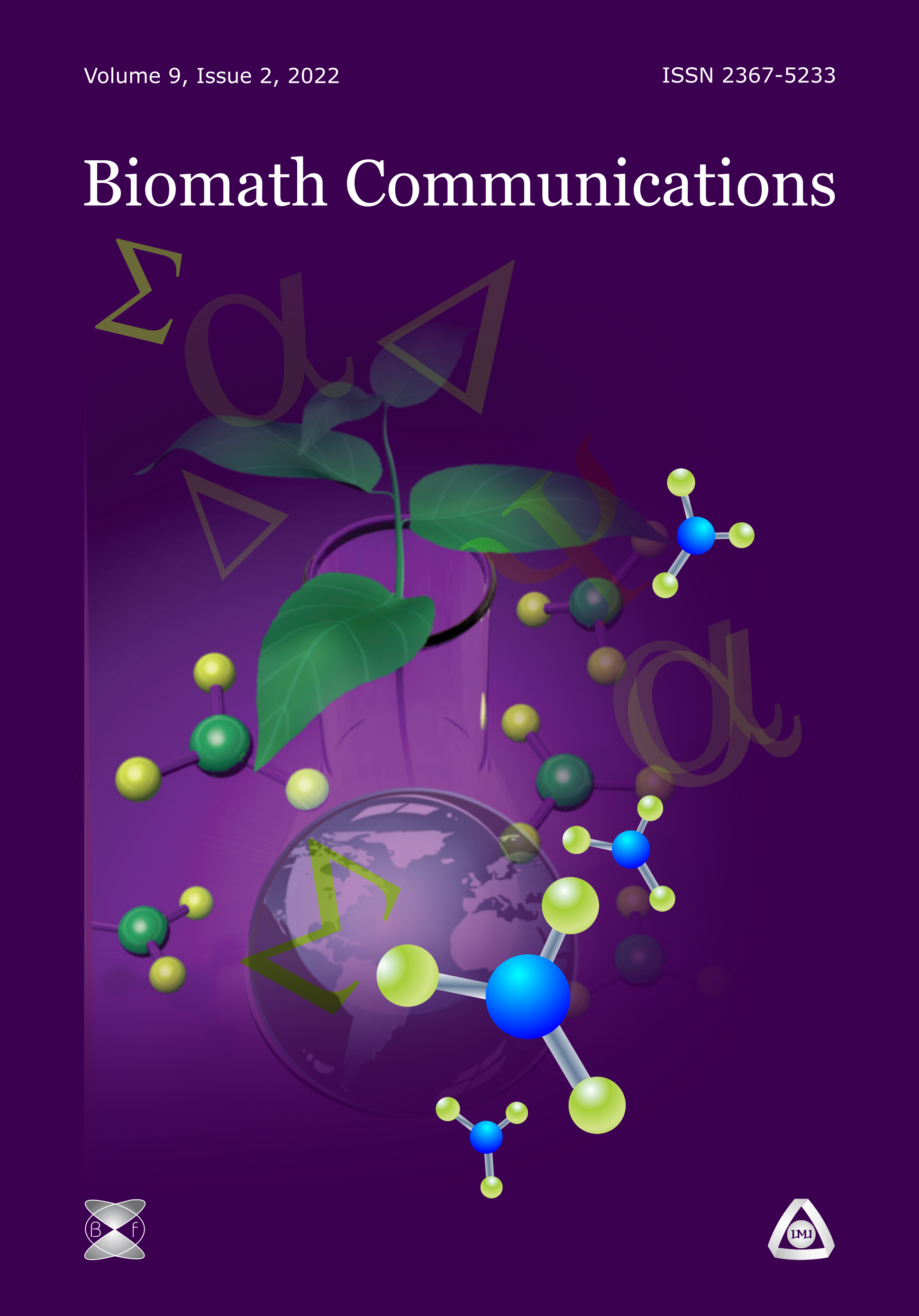Interaction of Antimicrobial Peptides with Bacterial Membrane
DOI:
https://doi.org/10.11145/306Abstract
The antimicrobial peptides AMPs represent abundant and diverse group of molecules, which are evolved from many tissues and cells in the plant and animal kingdoms as protective reaction against infection organisms. They build a very strong first line of innate immunity. Despite their enormous variety, most AMPs work directly against microbes, through a mechanism involving membrane disintegration or/and formation of pores, which allows easier passage of the ions and the basic nutrients. Molecular mechanisms, and the way of penetration through the membrane can be varied to various peptides, depending on the sequence of amino acids, the lipid composition of the membrane and the concentration of peptides, but for the beginning of their action, they must first be attracted to the bacterial surface. The objective of the present examination is namely the so called S-state, or an inactive state in which an AMP is oriented parallel before binding to the membrane. To this endВ we have conducted molecular dynamics studies. The conformational changes in the quaternary structure of one of the most popular antimicrobial peptides -В magainin 2 (alpha-helical positively charged amphiphilic peptide) near to a charged lipid bilayer were examined. We have analyzed the behavior of peptides at their connection to the bilayers and their impact on the lateral organization of charged lipids. The system for MD simulation consists of a charged, equilibrated membrane (five uncharged POPE lipid molecules to three charged POPG lipid molecules) and eight copies of AMPs magainin 2 (located four on each side of bilayers), submerged in water.
Downloads
Published
Issue
Section
License
The journal Biomath Communications is an open access journal. All published articles are immeditely available online and the respective DOI link activated. All articles can be access for free and no reader registration of any sort is required. No fees are charged to authors for article submission or processing. Online publications are funded through volunteer work, donations and grants.
Authors who publish with this journal agree to the following terms:
- Authors retain copyright and grant the journal right of first publication with the work simultaneously licensed under a Creative Commons Attribution License 4.0 that allows others to share the work with an acknowledgement of the work's authorship and initial publication in this journal.
- Authors are able to enter into separate, additional contractual arrangements for the non-exclusive distribution of the journal's published version of the work (e.g., post it to an institutional repository or publish it in a book), with an acknowledgement of its initial publication in this journal.
- Authors are permitted and encouraged to post their work online (e.g., in institutional repositories or on their website) prior to and during the submission process, as it can lead to productive exchanges, as well as earlier and greater citation of published work (See The Effect of Open Access).

